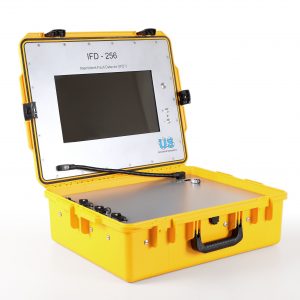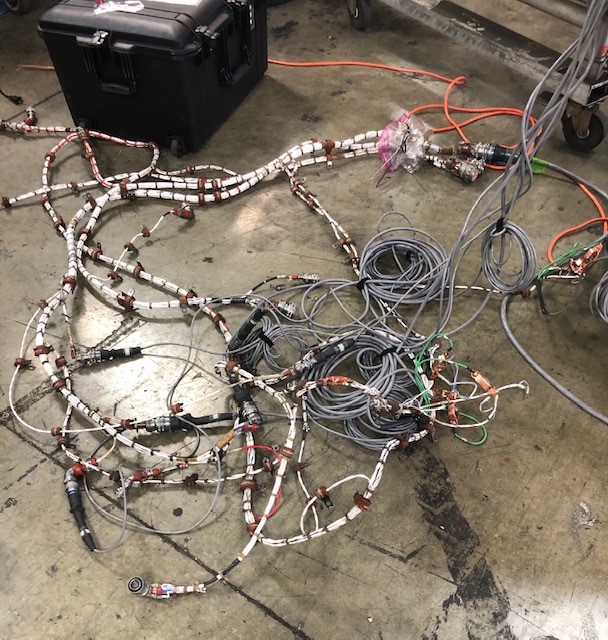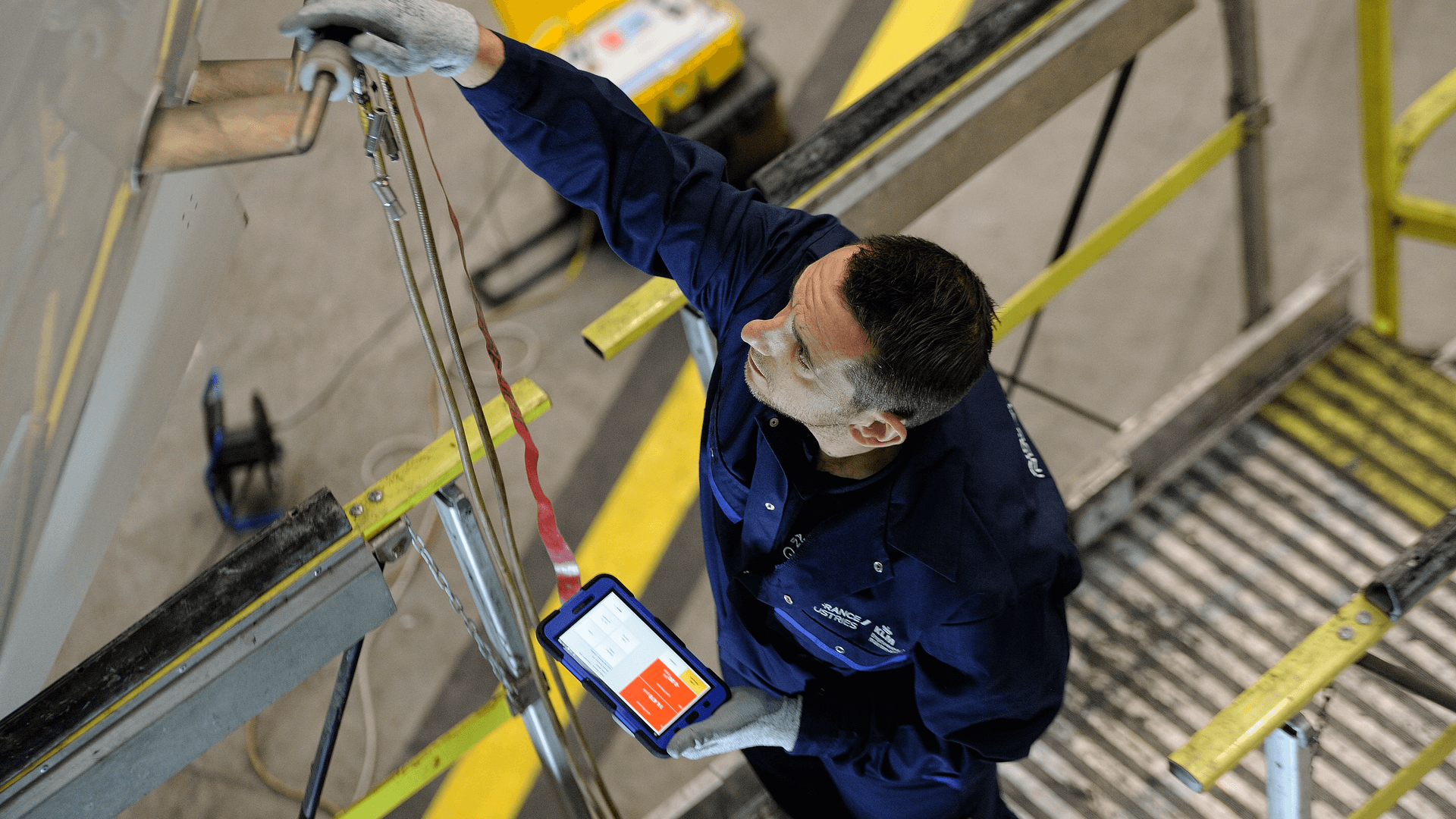
How to Troubleshoot No Fault Founds in Complex Wire Harnesses?
Intermittence fault is a known problem in aircraft due to a large number of electrical wire and complex systems that make an aircraft. Newer aircraft have more computer-based system which has even more wiring than legacy aircraft.
Why aircraft intermittences are so difficult to detect?

Finding a problem in a bundle of wire-harness is a complex challenge. Sporadic intermittences that appear in mid-air are detected and reported by pilots. Once the aircraft is back on the ground these intermittences are difficult, if not impossible for technicians to replicate. Aircraft vibration can not easily be replicated, and many times the intermittences happen in fractions of milliseconds.
Therefore, problems observed in mid-air can not easily be replicated on the ground. Technicians rely on ohmmeters to run conductivity testing, selecting line by line, looking for the problem. The tool of choice, a multimeter, is set up to find transients with millisecond accuracy. There are two challenges with this approach:
- Harnesses are interconnected systems of multiple wires, and a multimeter is only capable of testing one wire at a time.
- It is possible that the transients occur in less than a millisecond, undetectable by the multimeter.
Problems observed in mid-air can not easily be replicated on the ground.
Hence, the multimeter works to detect open circuits, which is considered hard or semy hard intermittences. But not accurate enough to detect random sporadic intermittences at low-level noise or micro-breaks.
New Technology

New technology has emerged. It takes into consideration all electrical lines by testing each line simultaneously with a nanosecond accuracy in a closed-loop environment. This technology uses a hardware version of a neural network, in which signals are sent to each node combining all feedback back to the analyzer. Then, the system could be checked as a whole, and not each line separately, creating the necessary environment to detect any fault.
New technology has emerged. It takes into consideration all electrical lines by testing each line simultaneously with a nanosecond accuracy in a closed-loop environment.
The United States Department of Defense is one of the early adopters of this technology that tests LRU, by extending the mission capability of their fleet and reducing operating costs.
GE-90 Wire Harness Case Study
We have identified by Boeing 777 operators that the GE-90 115B engine typically shows intermittency problems in the wire harness. Our engineer group along with the team at Universal Synaptics developed an interface, to connect the bundle of wires into the IFD (portable).

The complexity of this task can only be solved by sending simultaneous pulses at a nanosecond speed through all cables simultaneously. The IFD (portable) connects in series with the wire harness and detects any possible anomaly.
This report shows the results of the test. GE 90 complex cables IFD Universal Synaptics
Lockheed Martin with F-16
Lockheed Martin currently uses the versions of the IFD on their different platforms. Check video below:
Several case studies have come to light recently and a selected group can be downloaded here:
Selected Aircraft Case Studies:
- F-16 Nose Landing Gear Harness.
- Boeing 777 GE90 Engine Harness
- Total Air Temperature Probes .
- Pratt & Whitney V2500 Engine Harness
- AH-64 Apache EWIS Testing
- Elevator and Aileron Computer (ELAC)
Barfield Inc., in partnership with Universal Synaptics, is bringing this technology to operators of commercial and business aircraft.
If you still have more questions or want to learn more about this technology, please fill out the form below.




Recent Comments